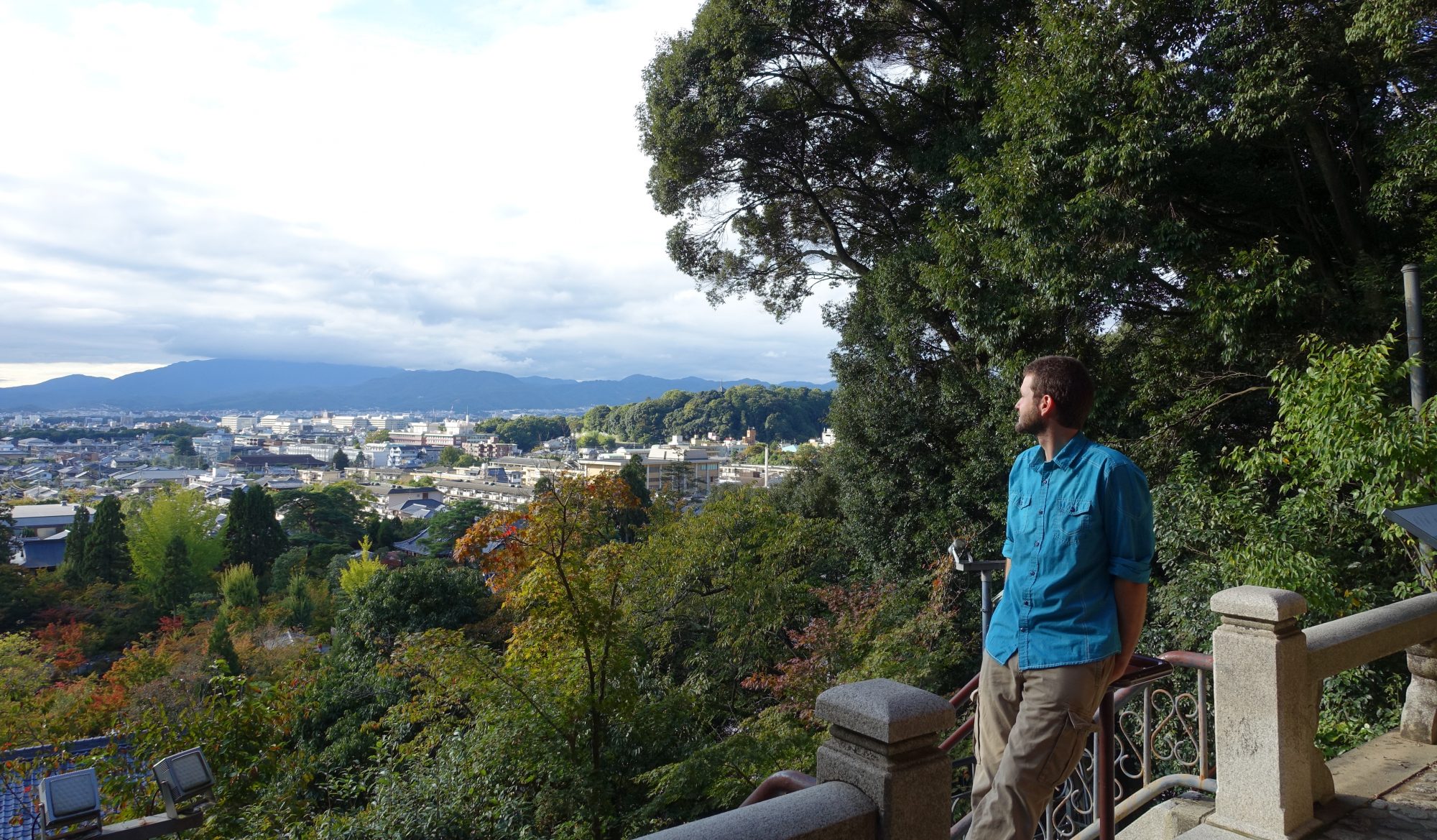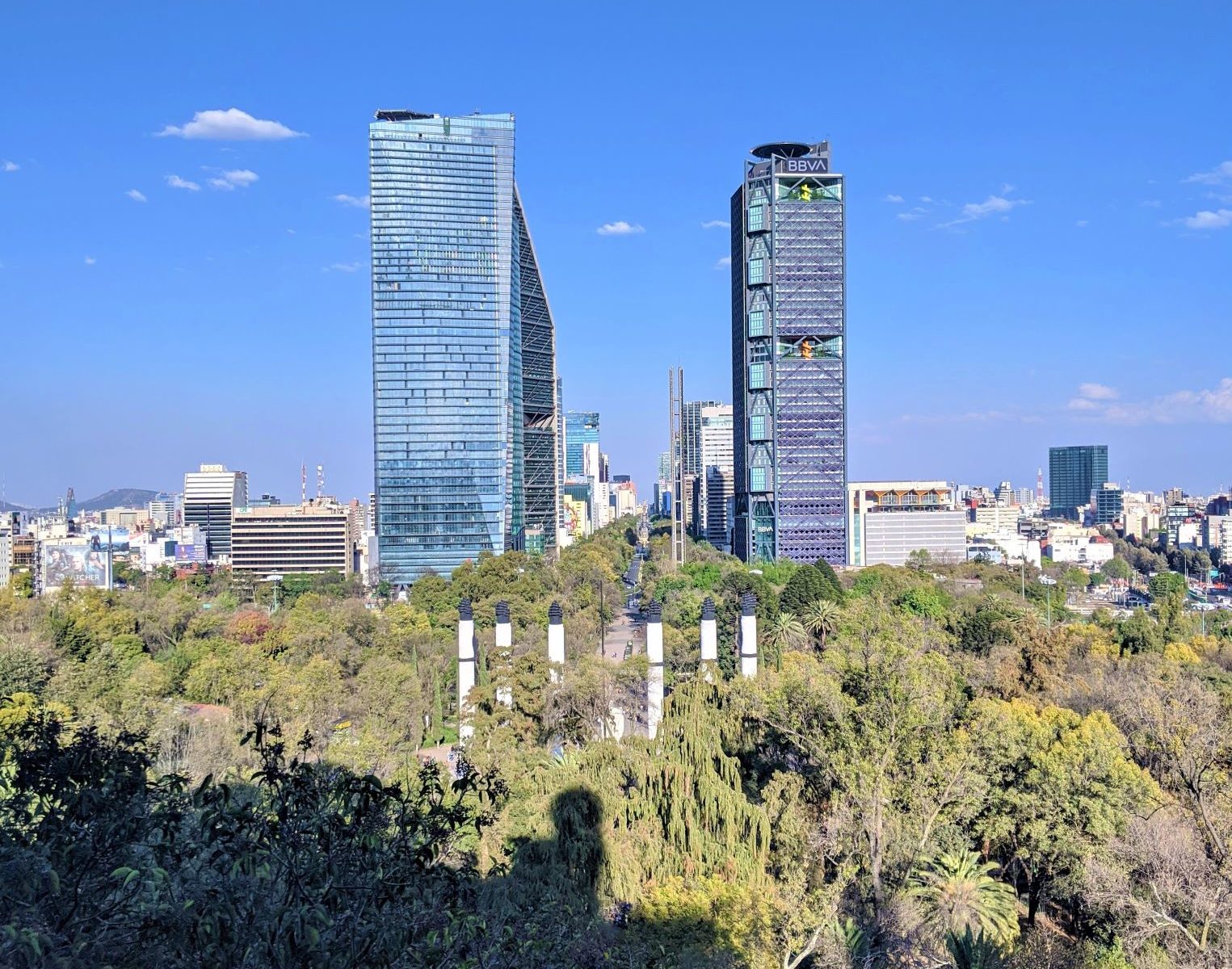After Tulum, it was time to catch a short flight to Mexico City. We stayed there from mid December through the first week of January, so just under a month. We wanted somewhere interesting to spend the holidays, and there certainly is no end of things to do there. I’ll write some posts about individual experiences, but first I wanted to just write a little about my general impression of the city.
First, it’s worth noting that Mexico City (or CDMX as it commonly abbreviated) is huge. It is actually the largest city I’ve ever been in for any real amount of time (spending a night in a hotel next to London Heathrow hardly counts, I think). It’s actually North America’s largest city. And being that big, it had all the sorts of things you can expect from a big city, like any kind of food you could want, terrible traffic, a great metro system (cheap too, at 5 pesos a ride), and more museums then you could shake a stick at. It also has an enormous park at its center that puts New York’s Central Park to shame (in area if nothing else). CDMX also has a complex and at times tumultuous history. I’m not going to go into it now, but if you have some free time, it’s a Wikipedia rabbit hole worth going down, and it colors the city even today.
But all that wasn’t really what I noticed first, the first thing that left its impression on me was how cold it got. I mean, not cold, cold, but it dropped below 50F a few nights, and after wearing t-shirt and shorts for a month in the Yucatan, wearing a winter coat is a rude surprise. The other thing was the air quality. The air there is naturally thin and dry thanks to the high altitude and desert climate, and when you add a dense layer of urban smog, it’s honestly pretty miserable. I felt at least vaguely ill for a month, and I’m pretty sure it was due to the air. So yeah, that kind of sucked.
CDMX has a long history, but it still feels more “unsettled” then most US cities. It’s just hasn’t been that long since its colonial past, and it’s still working towards becoming a modern, stable democracy. It felt safe in the neighborhoods we were in, but there was an edge of security and enough police presence to tell that that safety is only a few decades old. It also is trying to reverse some of the cultural damage the Spanish did during the colonial period and take pride in its rich indigenous history while still maintaining the religion and traditions brought by the Spanish. In short, it has a varied, rich and still very much evolving cultural landscape, and that shows through beautifully in its art, music and food scenes.
All that said, the thing that still lingers more is how similar it feels to the United States. There’s a lot of cultural cross-pollution going on. The USA and Mexico are both former new world colonies and in the grand scheme of things, they just aren’t that far apart. Beyond that, there has been a lot of people and culture going over both borders for a long time now. And being here, there’s a real “American-ness” that is shared across the continent. It’s hard to put my finger on just what defines it, but it’s there. It’d be nice if we – as a country – could acknowledge it and embrace a bit more of a regional identity like Europe does. On the other hand, it took them a long time to get there, so maybe we will one day, too.

